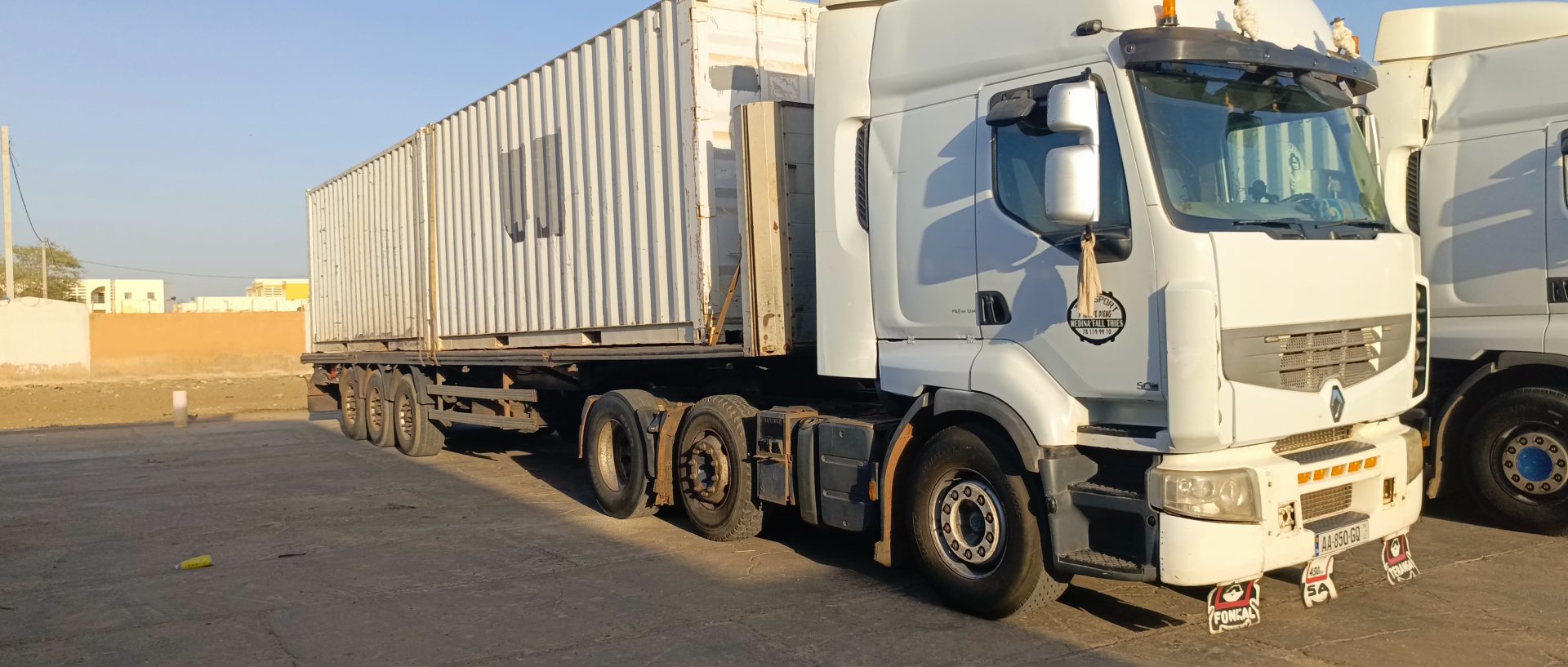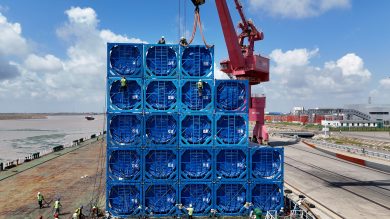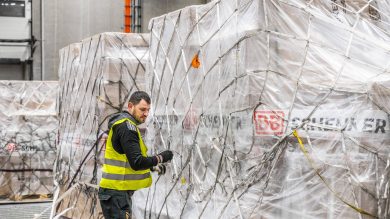Imagine a decade-long mission, a commitment to stability, and then, you have 6 months to pack up. That is the case for the United Nations Multidimensional Integrated Stabilization Mission in Mali (MINUSMA). Ending a peacekeeping operation involves complex logistics. Over more than 10 years, equipment was delivered, stored, and used in Mali. Now, from the end of the mission to the total withdrawal of personnel and equipment before December 31st, all equipment needs to be withdrawn in less than 6 months.
This is where the dedication of DB SCHENKER to the humanitarian market steps in. You ask how? Reinforcing its support of the humanitarian market, DB SCHENKER has decided to create a specific department called DB SCHENKER | aid·relief logistics.
But how can DB SCHENKER | aid·relief logistics transport equipment out of Mali?
Some people might say that’s an easy task! However, a closer look reveals the logistical journey to be anything but simple. A truly complex logistics operation is involved. Since leaving equipment in the wrong hands is not an option, every unit must be transported out of Mali.
But how is that possible?
Airfreight is complicated and expensive. You’re not close to any port and the roads can be unsafe. So, the strategy was to transport all the units by land and dispatch them to four main ports: Cotonou, Abidjan, Dakar, and Nouakchott. Globally, it was more than 10,000 pieces of equipment that were dispatched (2,500 to each location).
How did DB SCHENKER contribute to this withdrawal?
Last May of 2024, the DB SCHENKER Aid & Relief logistics department was assigned the task of transporting over 80 trucks (33 containers, 43 vehicles, 7 breakbulk items, 5 trailers) from Nouakchott to Dakar by land in 12 days. This operation was made possible with a local DB SCHENKER agent, Move One. DB SCHENKER and Move One worked closely to ensure that the goods would be delivered safely.
Joseph Myers, Regional Manager – Africa for Move One: “Being on the ground and operating at the forefront of the logistics industry is as exciting as it is challenging. It was great to work with such a supportive partner as DB SCHENKER on this important and sizeable movement.”
This trip was challenging because traveling from Nouakchott to Dakar involved a complex transport plan, crossing two countries and navigating the Senegal River. DB SCHENKER mobilized Mauritanian trucks to transport the equipment from Nouakchott to the Senegal River. At the river, the equipment was loaded onto barges for crossing. On the Senegalese side, the equipment was transferred onto Senegalese trucks for the journey to Dakar. Once the units arrived in Dakar, they were taken over by another freight forwarder and stored in a warehouse until the ship arrived to transport it further.
“It was thanks to the close and intensive collaboration between the Aid & Relief/Schenker France team and the Move One team, as well as the on-site presence of a jointly appointed representative, that this operation to transport the contingent’s equipment was successfully carried out; despite the challenging schedule, as we operated during the Eid holidays”
DB SCHENKER understands that logistics is more than just transporting goods. It is about enabling critical operations and ultimately making a positive impact on the world.
Published: August, 2024










